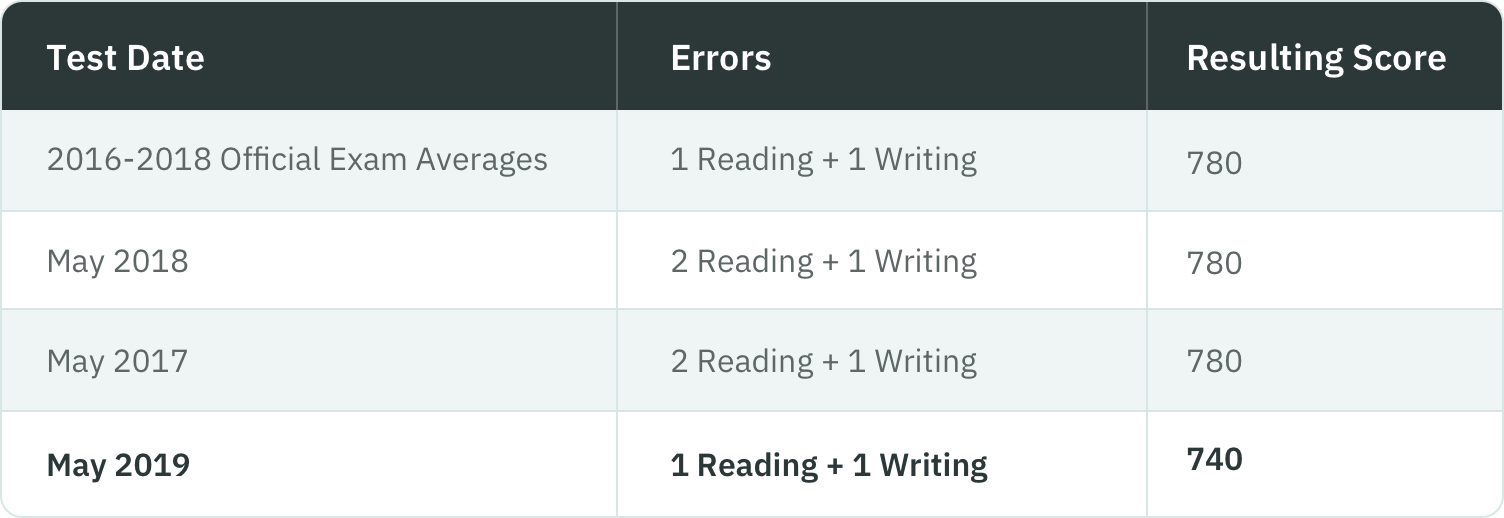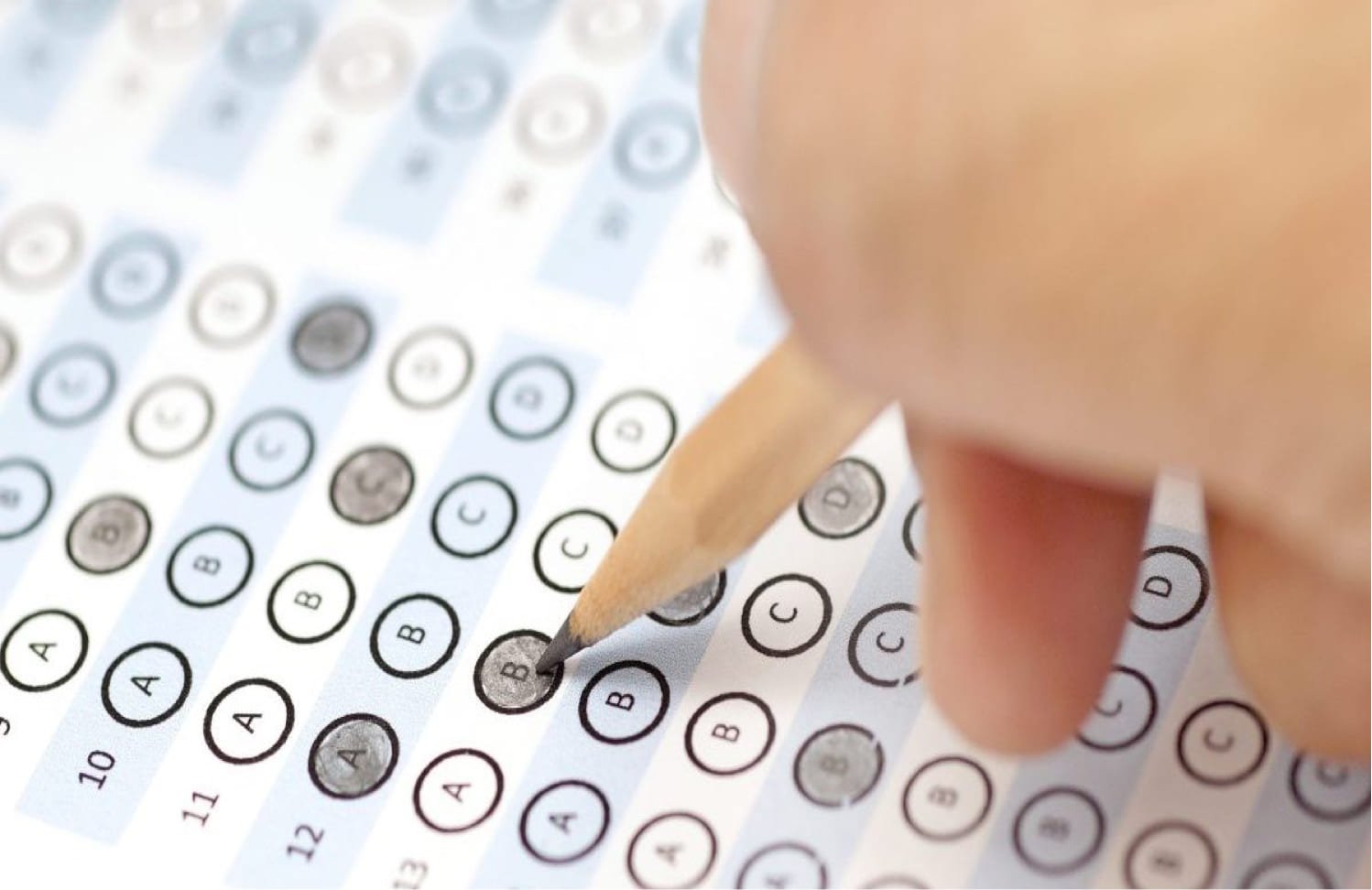What Happened with May International SAT Scores?
When May SAT scores came out last week, international testers were hit with the steepest SAT curve yet, especially on the Verbal section. May 2019’s curve was far harsher than that on any previous official or practice test. Noticing the curve, students took to the internet. People shared rumors of cheating across time zones and reusing exam materials. A petition for the College Board to #ChangeTheCurve currently has about 15,000 signatures.
To understand what’s happening, let’s compare the score impact of missing a couple questions on a typical SAT versus on the May 2019 international SAT. This chart gives us a sense of how atypical the Verbal curve was on the May test:

What about Math? While not as dramatic, the Math curve was still three times as harsh as usual:

Is There an Explanation?
As students searched for explanations, some developed the unsettling hypothesis that the SAT discriminated against non-U.S. students. Considering that international students can only take the test four times a year, this hypothesis feels like the College Board rubbing salt into a wound. Add to the mix all of the other rumors, and it’s understandable that the international college admissions community is angry.
Harsh and anomalous curves are the result of bad experimental data.
At ArborBridge, our hypothesis is that it’s all about the experimental section. The SAT’s experimental section is an ungraded test section used to try out future questions and set testing curves in advance. Before the exam changed in 2016, every student used to take an experimental section at some point in their test. The hitch was that students never knew which section it was, so they tried just as hard on the experimental as they did on the rest of the test. When the College Board rewrote the SAT in 2016, it separated the experimental section from the rest of the SAT and made it an add-on. They gave the experimental only to students who didn’t take the Essay section, and they clearly labeled for students which part of the test was experimental. Suddenly, fewer students took an experimental section, and students who got the section didn’t try as hard on it because they were certain it wouldn’t affect their scores. Essentially, the experimental section garnered worse data, less predictive of student score ranges. Harsh and anomalous curves are the result of bad experimental data.
How Will the College Board Respond?
The College Board will not change anyone’s May score. When a similarly harsh curve hit the U.S. test in June 2018, students and parents were angry, too. But ultimately the College Board did nothing. We expect the same this time.
But there are changes afoot for future testers. The College Board has already expanded its use of the experimental section. Students can now see an experimental section on any test date and are required to take it whether or not they write the Essay. This recent change caught many off guard, but a universal experimental section is vital to good data.
Now it’s time for the next step: hiding experimental questions. We know it’s not going to be a popular move, but at ArborBridge we think it’s the right one. The College Board should NOT indicate to students which parts of the test are experimental. Students may have to put full effort in for an additional 20 minutes, but that cost far outweighs the heartache of a crushing curve.
What to Do If You’ve Been Affected
If you or your student scored much lower than expected on the international May SAT, you may (understandably) be feeling discouraged. Here’s what you can do:
- Remember that you’re not alone. This rough curve affected all students who took the international SAT in May.
- Take a break. If you’ve been studying intensely, give yourself time in the next month to relax and regain energy.
- Focus on what you can control. It’s easy to get on message boards and rail against the College Board, but ultimately fruitless. Instead, put your energy toward future test dates and actions that can affect the rest of your college applications—like your schoolwork, extra-curriculars, and summer plans.
- Plan for future test dates. The next international SAT test date is October. Think about whether you should plan to take that exam and if the December SAT works as a potential back-up. Consult a counselor or tutor for advice about when to start studying.
- Consider the ACT. The next international ACT test date is in September, followed by dates in October and December. This gives you a few more opportunities to take an official college admissions exam and shoot for your goal score.






